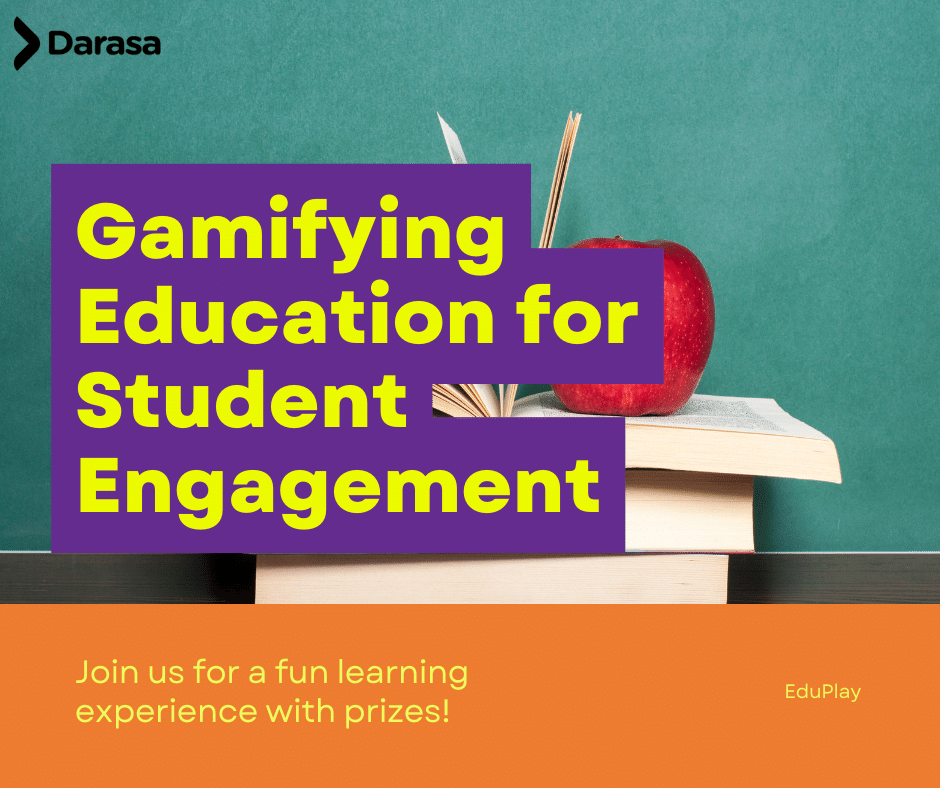
Engaging Students with Gamification
In the ever-evolving landscape of education, gamification has emerged as a powerful tool to enhance student engagement and learning outcomes. By integrating game design elements into educational settings, educators can create a more interactive and motivating learning experience.
The Power of Play
Play is a natural way through which humans learn and develop. From the earliest days of childhood, play serves as a critical component in the development of problem-solving skills, social interaction, and creativity. Gamification leverages this intrinsic desire to play, transforming mundane tasks into exciting challenges.
Gamification in Education
Gamification in education involves using game-based elements such as points, badges, leaderboards, and progress bars in non-game contexts. This approach taps into the natural human instincts of competition and achievement, making learning more engaging and enjoyable.
Benefits of Gamification
The benefits of gamification in education are manifold. It promotes active learning, improves retention rates, encourages a growth mindset, and can cater to various learning styles. Moreover, it provides immediate feedback, allowing students to understand their learning progress and areas needing improvement.
Implementing Gamification
To implement gamification effectively, educators must first identify the desired learning outcomes and then design game elements that align with these goals. It’s crucial to ensure that the gamification strategy enhances the learning experience without overshadowing the educational content.
Challenges and Considerations
While gamification has its advantages, it also comes with challenges. It requires careful planning to avoid overemphasis on competition, which may demotivate some students. Additionally, it’s essential to consider the diversity of student backgrounds and ensure that the gamified elements are inclusive and accessible to all.
Conclusion
Gamification holds significant promise for the future of education. When executed thoughtfully, it can create a dynamic learning environment that not only educates but also inspires students. As we continue to explore the intersection of gaming and education, the potential for innovative teaching and learning methods is boundless.
In conclusion, gamification is not just a trend; it’s a testament to the evolving nature of education and a reflection of our understanding of what it means to engage learners effectively. It’s an exciting time for educators and students alike, as we embrace the playful side of learning and harness its potential to transform education.
